Synchro: Helping to Pull Emerging Tech through the “Valley of Death”
Taking subsea technology from the workbench to commercialization has always been fraught with hurdles and sinkholes. Synchro is a new co-designed testbed to synchronize and evolve tech solutions. Henry Ruhl, Director, and Amy West, Program Manager of Synchro discuss with the possibilities for technology developers.
As anyone in the subsea sector can attest, new tech can have its growth trajectory stunted or killed by lack of facilities, funding [or both]. Enter Synchro, which is a co-design lab to synchronize the evolution of technology for industry, aiming to accelerate the development, adoption and market use of emerging technologies in the subsea space. “The facets that we’re particularly focused on are for sustainably managing ocean resources and access to those resources … that marine protected area fisheries use, ocean resource use lens is our main focus,” said Henry Ruhl, Director, Syncrho. “The way that we work the mission [is] to use co-design principles. We do designs on how we’re going to test and deploy things and evaluate them in the ocean, doing that in a way that helps users of information and scientists.”
Ruhl’s long-running day job has been as the director of the Central Northern California Ocean Observing System, which is part of the U.S. Integrated Ocean Observing System (IOOS), which is part of the Global Ocean Observing System (GOOS), meaning he is particularly well situated as the Director of Synchro given his front row seat to the development and use of technologies in the ocean.
“We help deliver the mission of the National Ocean Service, providing ocean information for decision making every day, and ocean management for things like national marine sanctuaries, fisheries, marine protected areas, shipping, search and rescue.” Ultimately, his work is primarily in facing challenges with technology, access to technology to meet the demands of information users.
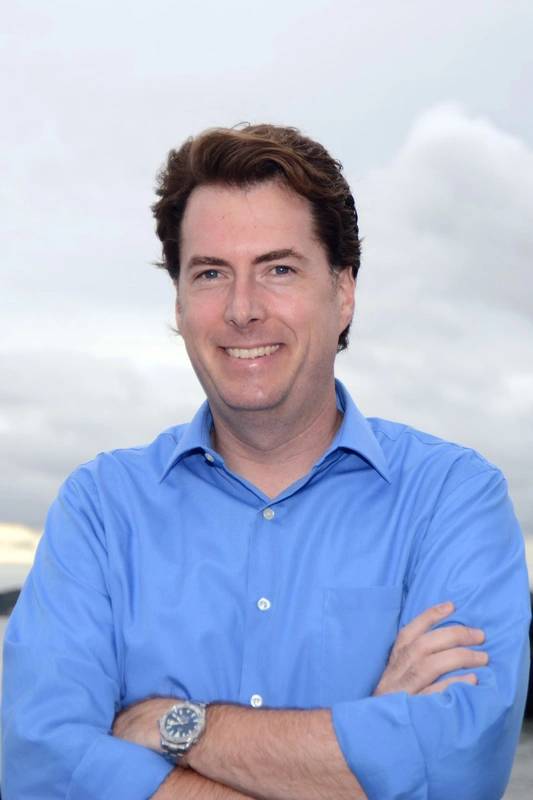 Getting that technology from the test bed to the market … dragging it through the “valley of death that many of us in the ocean technology space are familiar” is a core tenant of Synchro, said Henry Ruhl.
Getting that technology from the test bed to the market … dragging it through the “valley of death that many of us in the ocean technology space are familiar” is a core tenant of Synchro, said Henry Ruhl.
That challenge – to accurately, persistently observe, measure and document the biology of the ocean, led in part to the creation of Synchro. “There’s this need for bringing technology into the broader use and doing that in a way that meets the needs of end users in a way that the end users understand what they’re getting, they trust this information and are willing to use it in documentation and decision making.”
Getting that technology from the test bed to the market … dragging it through the “valley of death that many of us in the ocean technology space are familiar” is a core tenant of Synchro. “Ultimately, in some years’ time, we’ll have access to some of the really promising technologies that are out there, but are still not broadly available or trusted.”
The ‘synchronizing’ part of the program importantly includes “involving those resource managers and decision makers from the beginning with the testing,” said Amy West, Program Manager. “So ideally there’s an increase adoption of all of this; that’s our synchronizing part.”
 Long range AUV over test tank: Thom Maughan MBARI 2023
Long range AUV over test tank: Thom Maughan MBARI 2023
Synchro Today
Synchro today is on a four-year program, a program built on “three pillars that stand-up our work that all use this co-design principle,” said Ruhl.
- The first is access for new and emerging technologies to testing and evaluation, open to anyone globally. The tech can be a prototype or even something more advanced, but not in broad use. “They can apply for access here in the Monterey Bay area and also in British Columbia to a series of access points, meaning shore stations, buoys, test tank facilities, pressure test facilities, pump houses, etc,” said Ruhl.
- The second is low cost technology procurement and evaluation. “We’re going to spend a sizable amount of money on procuring and perhaps leasing new and emerging technology that fits this low cost description at low-cost tech,” said Ruhl.
- The third is a case study for understanding how to monitor offshore wind industry impacts. “Everybody can see that the offshore wind industry is starting to grow here in California; this is happening,” said Ruhl. How do we build this industry, an industry that’s moving into deeper water, operating in areas where there haven’t been industry operations before? How do we do that with providing information for maintaining resources such as fisheries and managing protected species.
The Subsea Tech Fast Track
Synchro is funded through the Gordon and Betty Moore Foundation, Oceankind and the Schmidt Marine Technology Partners. It’s a four-year program, and the cost for applicants to access the testing and evaluation facilities is free. “What that can get you is access to a physical station where you can connect sensors to a network, for example on a buoy or at a shore station, or perhaps if it’s a little bit earlier stage in a test tank or in a pressure test facility,” said Ruhl. Successful applicants will also have access to technicians and technical support working in collaboration with applicants and developers to get their technology integrated so that it can be evaluated.
It’s about helping companies and technologists navigate the aforementioned long-running challenge of emerging from the ‘valley of death’, moving promising technology from its infancy and adolescence to full maturity, where perhaps it can be deployed to help solve some of the more pressing challenges for scientists, legislators and corporations globally. “The [subsea] community has faced this problem for many years,” said Ruhl. “There are other initiatives, but what we wanted to do is make that [process] a faster and more accessible. Instead of having to write a big proposal to NOAA, we can take an application and make as easy as possible.”
Ruhl stresses time and again the collaborative aspects of Synchro, as the communication and technology flow is not a one-way street. “The application is really about starting a conversation with us; what you’d like to achieve, and does it match with what we can accommodate in terms of testing facilities and expertise.”
So Synchro comes to the table not only with technical experts on the physical piece of equipment, but also scientists who work on the intellectual concepts, insights that might help to broaden the potential scope and use cases for a given technology to help fill broader ocean intelligence gathering gaps.
“Technologists are not always connected to their users and engineers and are not always marketers,” said West. “I think the valuable part of Synchro is that we’re working on that product market fit, so someone is not working in a silo and that prototype stays a prototype.”






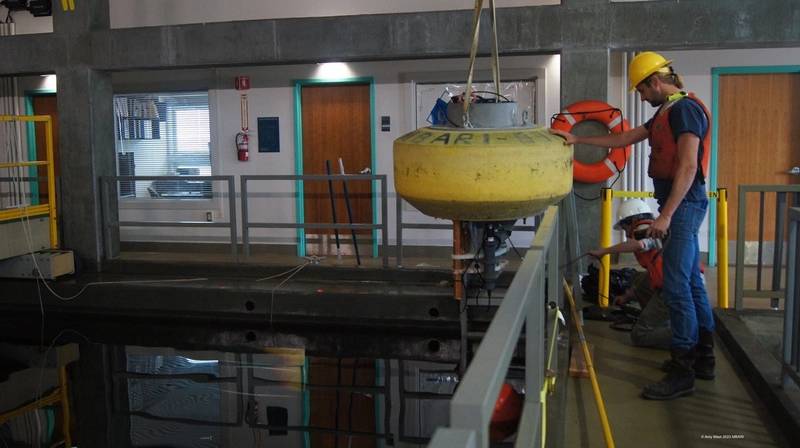



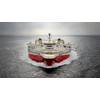
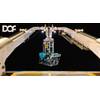
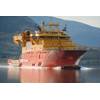
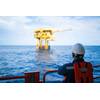









 February 2024
February 2024



